Filter by
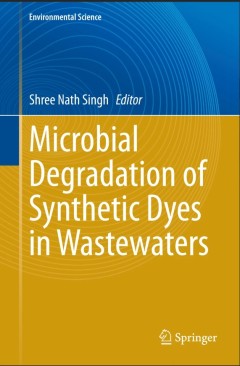
Microbial Degradation of Synthetic Dyes in Wastewaters
Today synthetic dyes are used extensively in the textile dyeing, paper printing, color photography, pharmaceuticals, food and drink, cosmetic and leather industries. As of now, over 100,000 different dyes are available, with an annual production of over 700,000 metric tons. These industries discharge an enormous amount of colored effluents into natural water bodies, with or without treatment. T…
- Edition
- 1
- ISBN/ISSN
- 978-3-319-10941-1
- Collation
- XIV, 367
- Series Title
- Environmental Science and Engineering
- Call Number
- -
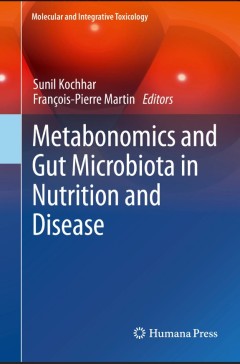
Metabonomics and Gut Microbiota in Nutrition and Disease
This book provides a comprehensive overview of metabonomics and gut microbiota research from molecular analysis to population-based global health considerations. The topics include the discussion of the applications in relation to metabonomics and gut microbiota in nutritional research, in health and disease and a review of future therapeutical, nutraceutical and clinical applications. It also …
- Edition
- -
- ISBN/ISSN
- 978-1-4471-6538-5
- Collation
- XVI, 375
- Series Title
- Molecular and Integrative Toxicology
- Call Number
- -
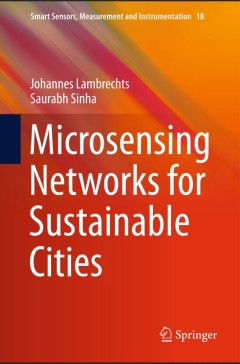
Microsensing Networks for Sustainable Cities
This book explores the microsensing technologies and systems now available to monitor the quality of air and water within the urban environment and examines their role in the creation of sustainable cities against the background of the challenges posed by rapid urbanization. The opening section addresses the theoretical and conceptual background of microsensing networks. The coverage includes d…
- Edition
- 1
- ISBN/ISSN
- 978-3-319-28357-9
- Collation
- XIV, 339
- Series Title
- Smart Sensors, Measurement and Instrumentation
- Call Number
- -
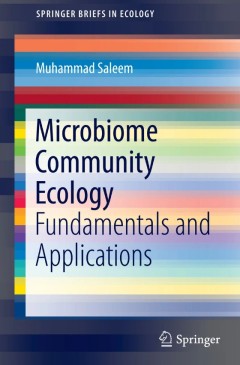
Microbiome Community Ecology
This book reviews the mechanisms, patterns, and processes that regulate prokaryotic diversity through different habitats in the context of evolutionary and ecological hypotheses, principles, and theories. Despite the tremendous role of prokaryotic diversity in the function of the global ecosystem, it remains understudied in comparison to the rest of biological diversity. In this book, the autho…
- Edition
- 1
- ISBN/ISSN
- 978-3-319-11664-8
- Collation
- VIII, 152
- Series Title
- SpringerBriefs in Ecology
- Call Number
- -
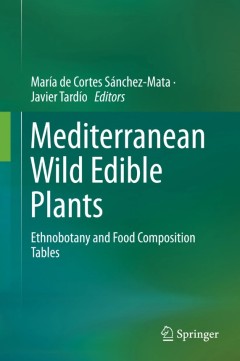
Mediterranean Wild Edible Plants
Dr. María de Cortes Sánchez-Mata, PhD in Pharmacy, is currently a professor in Food Science at the Faculty of Pharmacy, Complutense University of Madrid, Spain. She has performed a continuous research on the analysis of nutrients, antinutrients and bioactive compounds in plant foods, with the focus on human health promotion. Dr. Javier Tardío, PhD in Agricultural Engineering, is currently…
- Edition
- 1
- ISBN/ISSN
- 978-1-4939-3327-3
- Collation
- -
- Series Title
- Mediterranean Wild Edible Plants
- Call Number
- XII, 478
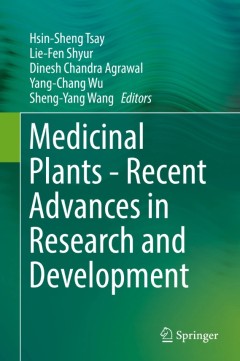
Medicinal Plants - Recent Advances in Research and Development
Since ancient times, plants have been used as a prime natural source of alternative medicines and have played an important role in our lives. The old tradition of medicinal plant application has turned into a highly profitable business in the global market, resulting in the release of a large number of herbal products. People have tried to find different sources of medicines to alleviate pain a…
- Edition
- 1
- ISBN/ISSN
- 978-981-10-1084-2
- Collation
- XXIII, 491
- Series Title
- -
- Call Number
- -
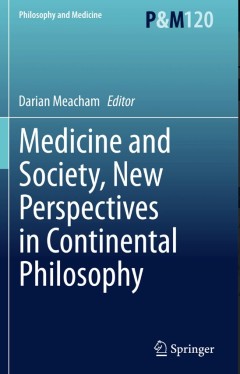
Medicine and Society, New Perspectives in Continental Philosophy
This volume addresses some of the most prominent questions in contemporary bioethics and philosophy of medicine: ‘liberal’ eugenics, enhancement, the normal and the pathological, the classification of mental illness, the relation between genetics, disease and the political sphere, the experience of illness and disability, and the sense of the subject of bioethical inquiry itself. All of the…
- Edition
- 1
- ISBN/ISSN
- 978-94-017-9869-3
- Collation
- VIII, 323
- Series Title
- Philosophy and Medicine
- Call Number
- -
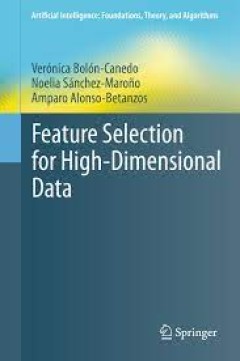
Feature Selection for High-Dimensional Data
This book offers a coherent and comprehensive approach to feature subset selection in the scope of classification problems, explaining the foundations, real application problems and the challenges of feature selection for high-dimensional data. The authors first focus on the analysis and synthesis of feature selection algorithms, presenting a comprehensive review of basic concepts and experi…
- Edition
- -
- ISBN/ISSN
- 978-3-319-21858-8
- Collation
- -
- Series Title
- -
- Call Number
- XV, 147
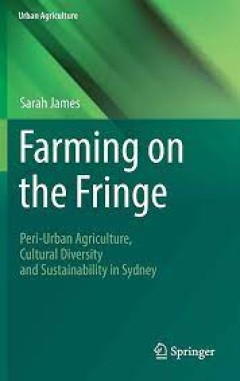
Farming on the Fringe Peri-Urban Agriculture, Cultural Diversity and Sustain…
This volume offers a new perspective to debates on local food and urban sustainability presenting the long silenced voices of the small-scale farmers from the productive green fringe of Sydney’s sprawling urban jungle. Providing fresh food for the city and local employment, these culturally and linguistically diverse farmers contribute not only to Sydney’s globalizing demographic and cultur…
- Edition
- -
- ISBN/ISSN
- 978-3-319-32235-3
- Collation
- XI, 197
- Series Title
- -
- Call Number
- -
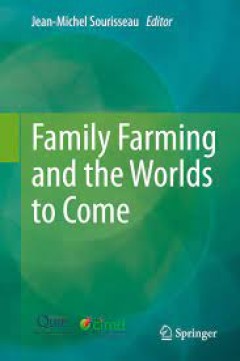
Family Farming and the Worlds to Come
What is family farming? How can it help meet the challenges confronting the world? How can it contribute to a sustainable and more equitable development? Not only is family farming the predominant form of agriculture around the world, especially so in developing countries, it is also the agriculture of the future. By declaring 2014 the “International Year of Family Farming,” the United Nati…
- Edition
- -
- ISBN/ISSN
- 978-94-017-9358-2
- Collation
- X, 361
- Series Title
- -
- Call Number
- -
 Computer Science, Information & General Works
Computer Science, Information & General Works  Philosophy & Psychology
Philosophy & Psychology  Religion
Religion  Social Sciences
Social Sciences  Language
Language  Pure Science
Pure Science  Applied Sciences
Applied Sciences  Art & Recreation
Art & Recreation  Literature
Literature  History & Geography
History & Geography